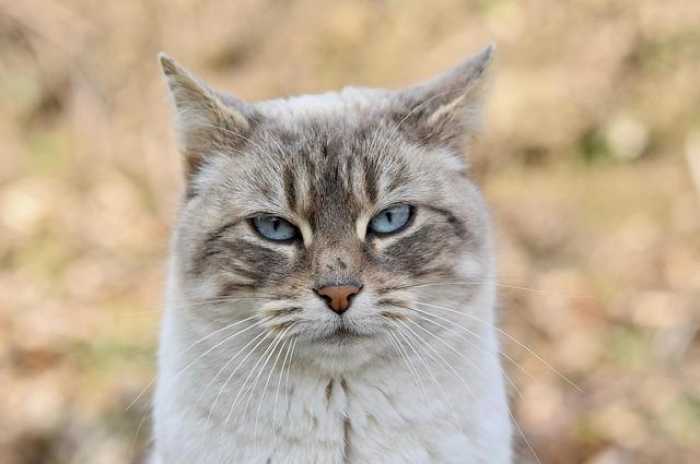What’s the Difference Between a Siamese Cat and a Siamese Cat?

Greetings! I’m Dr.Karyn.
Feel free to explore my introduction
to learn about me and my five charming cats: Clutch,Cyril,Alex,zelda,and Zazzles.
Recently, I assisted a colleague in exploring the diverse colorations of Siamese cats—a task that proved to be quiet intricate! To add to the complexity, we discovered that there are two distinct varieties of Siamese felines.
Drawing from my experience with a breeder who specializes in both Oriental and Siamese breeds, I was familiar with their elongated bodies and triangular heads. In contrast, my colleague had been raised around Siamese cats characterized by their rounder heads and sturdier frames. Surprisingly enough, it turned out we were both correct—what a conundrum!
The Need for Unity Among Cat Breeders
this experience prompted me to reflect on the importance of cat lovers worldwide coming together under a shared understanding. Unlike dogs that have the American Kennel club (AKC) as an authoritative body regulating breed standards within the U.S., cat enthusiasts face numerous organizations without any singular governing entity.
Such as, while the Cat Fanciers’ Association (CFA) recognizes 45 distinct cat breeds, the International Cat Association (TICA) acknowledges 73—this count includes separate listings for longhaired versus shorthaired types. The American Cat Fanciers Association (ACFA) closely aligns with TICA at 69 recognized breeds while Canada’s Federation of Cats (CFF) claims at least 32 different breeds exist. This lack of consensus raises questions about why so many associations operate without agreement on breed definitions.
The Enigma Surrounding My Siamese Inquiry
Returning to my puzzling situation regarding Siamese cats:
I consulted all four major U.S. cat registries along with international organizations such as Fédération Internationale Féline (FIFe) from Europe and UK’s Governing Council of the Cat Fancy (GCCF). Remarkably enough, they all agreed that our friend—the classic wedge-headed Siamese—is indeed part of this breed family. But what about those round-headed or ‘applehead’ variants? This is where things become even more complex!
The applehead variety frequently enough represents a return to conventional forms of this breed which have evolved through selective breeding into today’s more angular appearance over time. according to TICA and FIFe guidelines these appleheads are now classified separately as Thai cats; however CFA and CFF seem hesitant to recognize them at all! Adding another layer of complexity is GCCFS acknowledgment but under different criteria than TICA or FIFe’s classification system.
The importance of Clarity
Ultimately speaking as someone who cherishes mixed-breed felines just as much as purebreds—I find myself less concerned about whether they possess apple-shaped or wedge-shaped heads—as long as they’re healthy companions! What truly frustrates me though is how easily accessible information should clarify such queries yet leads us down conflicting paths when searching online for ‘Siamese cat.’
I’m not advocating for global harmony here; rather just hoping that feline aficionados can come together amicably over these distinctions between Thai vs.siamese without too much drama involved!
This article is part of Dr.Karyn’s ongoing series featuring her five delightful feline friends.











